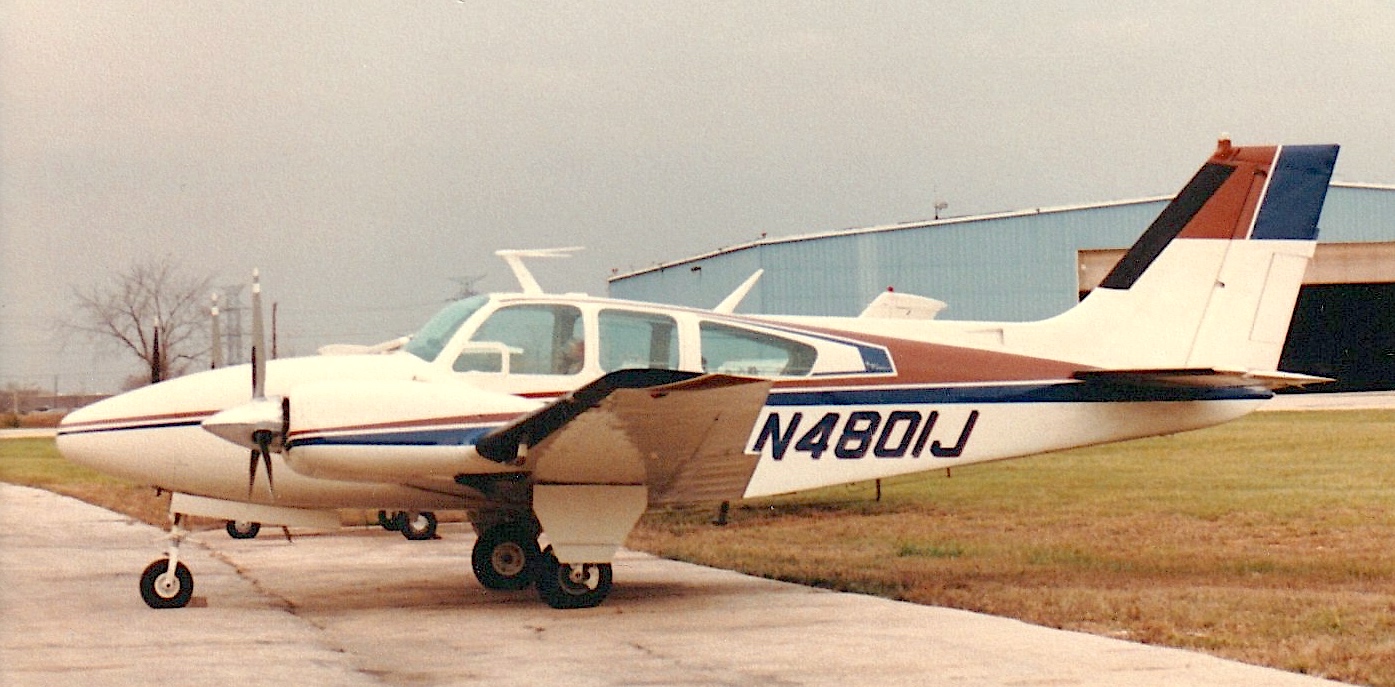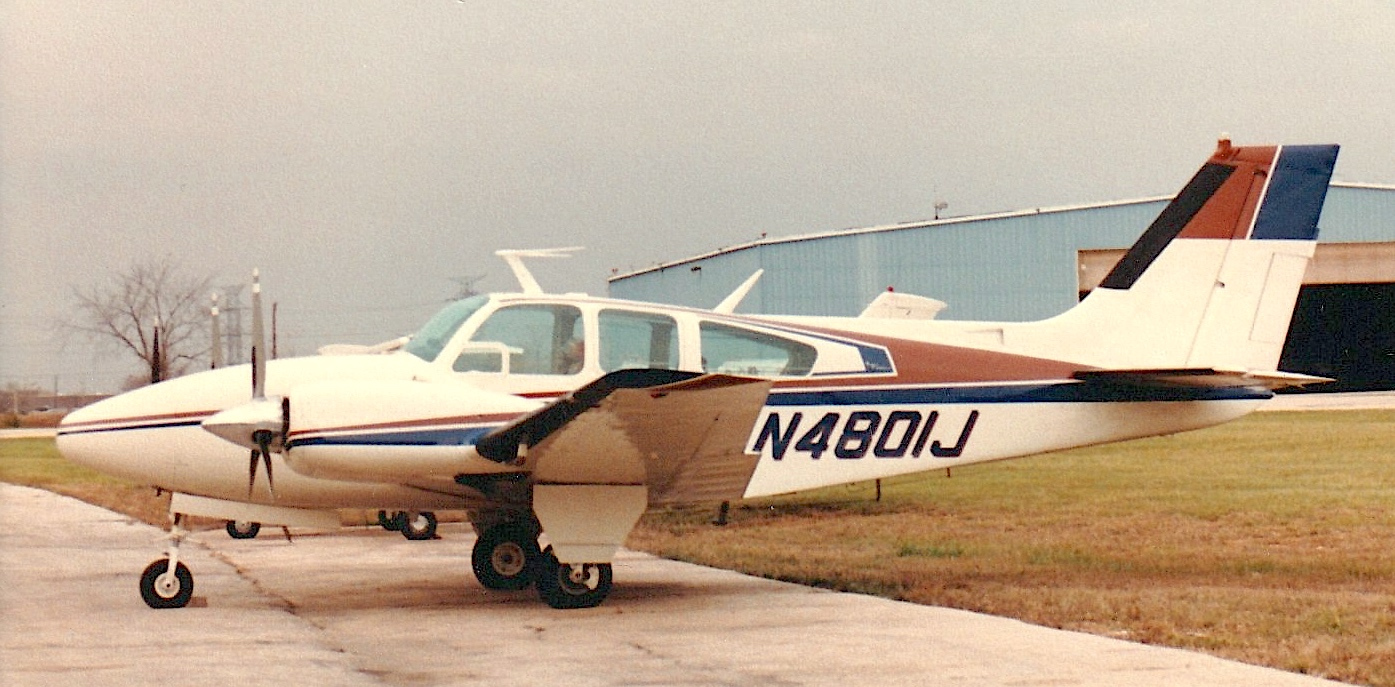1984
As I reflect on the prior twenty years, I realize they were simply preparation for what lay ahead. The business crisis was behind me. I was now a private pilot with an instrument rating. I could go anywhere in almost any kind of weather. But thus far I was sharing planes with other pilots.
Having paid our creditors in full, I could now afford to fly my own plane. And Marie, appreciating how far we had come, encouraged me to do just that. My experience in Dad’s Bonanza immediately popped into my head along with dreams of the trips I would take.
By this time, I had become an avid fan of Trade-A-PLane – a big fat tabloid on yellow paper that advertised just about everything in aviation. For adult me it was more exciting than the Sears Christmas Wish Book.
And just like the toy catalog, I could pore over the pages for hours on end. Dream as I might about warbirds, jets, and turboprops, when reality set in I turned to the pages of piston airplanes – especially the one I loved most – the Beechcraft Bonanza. As I read each listing, I couldn’t help but picture myself at the controls.
In no time, I slipped back into fantasizing. What if I could buy a twin? I would have the redundancy of not only two engines, but two of everything that went with the engines. A big safety margin – especially when flying at night … on instruments … across icy Lake Michigan. And it would be faster. And way more cool.
Again Marie helped. Choose safety. And the twin engine version of the Bonanza was the Beechcraft Baron – frequently described as two Bonanzas bolted together.
The search for a perfect Baron was brief – I didn’t even have to leave home. N4801J, a Beechcraft C-55 Baron, was for sale by Finefield Aviation – the company at Crystal Lake Airport that had so diligently cared for Dad’s Bonanza. Paul Finefield said the plane was in good shape and that was good enough for me.
One thing I’ve neglected to mention – I didn’t know how to fly a twin. Paul had to deliver it to Palwaukee where it sat until I could add an rating. For what seemed like an interminable time, the plane gathered dust in a hangar. All I could do was sit in the pilot seat and practice patience.
Kim Gartner, , relieved my angst and taught me how to fly my new bird. With both engines running, flying a twin is almost the same as a single. The big difference is what to do if an engine quits. In a single, there’s no question: Set the pitch for best glide and head for a soft place to land. Most single engine planes can glide more than a mile for every thousand feet above the ground.
Priorities change in a twin. In most twins, the good engine (the one that’s still running) will safely take the plane a considerable distance to a safe landing. But before it’s tamed, that good engine will try to turn the plane upside down.1 The immediate response is simple, but not intuitive: Stomp on the rudder. This was only one of a host of new theoretical and practical lessons I had to master.
Kim worked with me for about fifteen hours before he was confident enough in my performance to send me to Harold Holmes, , for a check ride. Harold had me fly around for an hour with one engine or the other failing every couple minutes. I breathed a sigh of relief when, on the way back to the airport, he told me I had passed.
The task of a pilot examiner is to ensure that a candidate meets the qualifications for the certificate or rating. However, I’ve never had a check ride but what I learned even more about the new rating. Before turning me loose, Harold had me do an instrument approach. As I reached a particularly busy transition, he simulated one more engine failure. In just those few seconds, I learned just how demanding an engine failure could be when flying in instrument conditions – a lesson I never forgot.
N4801J was a plane made for travel. Within two weeks of earning the rating, I took our son Scott to school in Des Moines and flew down to Orlando to show my parents my new and exciting toy.
I was as excited as back when I was flying around in Dad’s Bonanza.
* * *
Total flying time to date: 455 hours
New Types: Beechcraft Baron, Beechcraft Duchess,
New Ratings: Private Pilot – Airplane Multi-Engine Land
- As expected, the engine still operating will immediately cause the airplane to yaw. That yaw is exacerbated because the propeller on the failed engine acts as a speed brake on the other side. These forces cause the wing with the operating engine to travel faster, generate more lift, and to roll the plane over. The remedy is to stomp on the rudder and not allow the yaw. Done promptly, the pilot has ample time to perform the remaining memorized and written checklist items. Failure may earn him or her a spot in an report.

